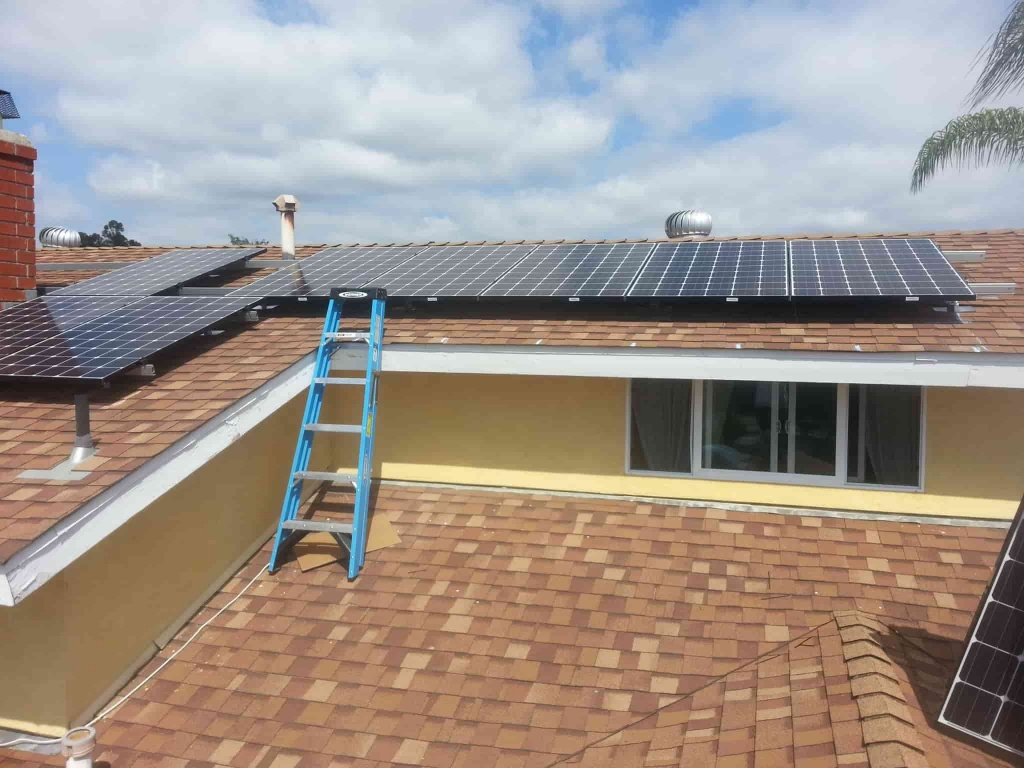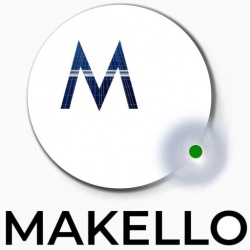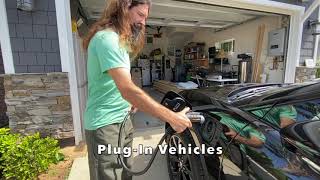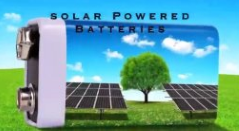There are a lot of variables surrounding the use of a solar power system, and you may have wondered if solar is a better option for your home. While a lot of talk has circulated in regards to the supposed benefits and value of solar, as well as overall function, there is good news for anyone residing within the San Diego, California area – we have calculated the variables of solar power for you.
Book a FREE 15 minute appointment to: 1) Find out how Makello can help you. 2) Discuss your energy needs. 3) Get a FREE Energy Savings Estimate.
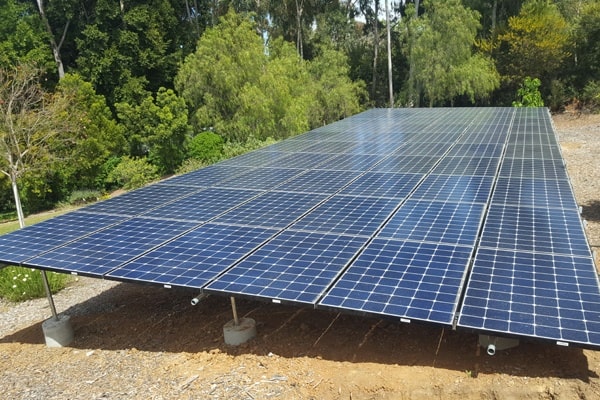
The power source of your entire household is one of the most important considerations of home ownership. And, rather than hanging you out to dry, we have resolved to answering the most important, nagging questions: “is solar worth it” and “what is it going to cost”. Rather than wasting hours upon hours playing detective, we have summed up the most important information you need in order to make an informed decision about solar, for your family.
The Initial Cost
For the average residential system, typically purchased within the San Diego area, a 6 kilowatt installation is recommended. For this article, we are going to utilize the available data in order to provide an initial overview of cost for as many curious people as possible. With this in mind, the upfront cost of installation generally starts around $19,200 before incentives. The total price is based on an average cost of $3.20 per watt.
Are you ready to save money on solar power, EV charging or Energy Storage? Get an instant quote from Makello!
Incentives of Solar
Once you take available federal tax credits into consideration, the total cost drops considerably – once the 26% discount is taken into account. The initial quote immediately drops to $14,200 with the aforementioned savings. The most important detail to take note of, is that the credit is for individuals who actually purchase their own solar system.
No doubt you have heard or seen advertisements from a variety of solar companies, offering leases, in addition to Power Purchase Agreements, if you find yourself in the market. The issue surrounding promotions such as these is that, because a separate company owns the solar system, the consumer will not receive the tax credit if they are leasing – the solar company does. These types of agreements typically mean, however, that the developer is solely responsible for the overall upkeep of the system, in addition to the financing arrangement and installation. The consumer is simply charged a fixed rate for their consumption of solar power.
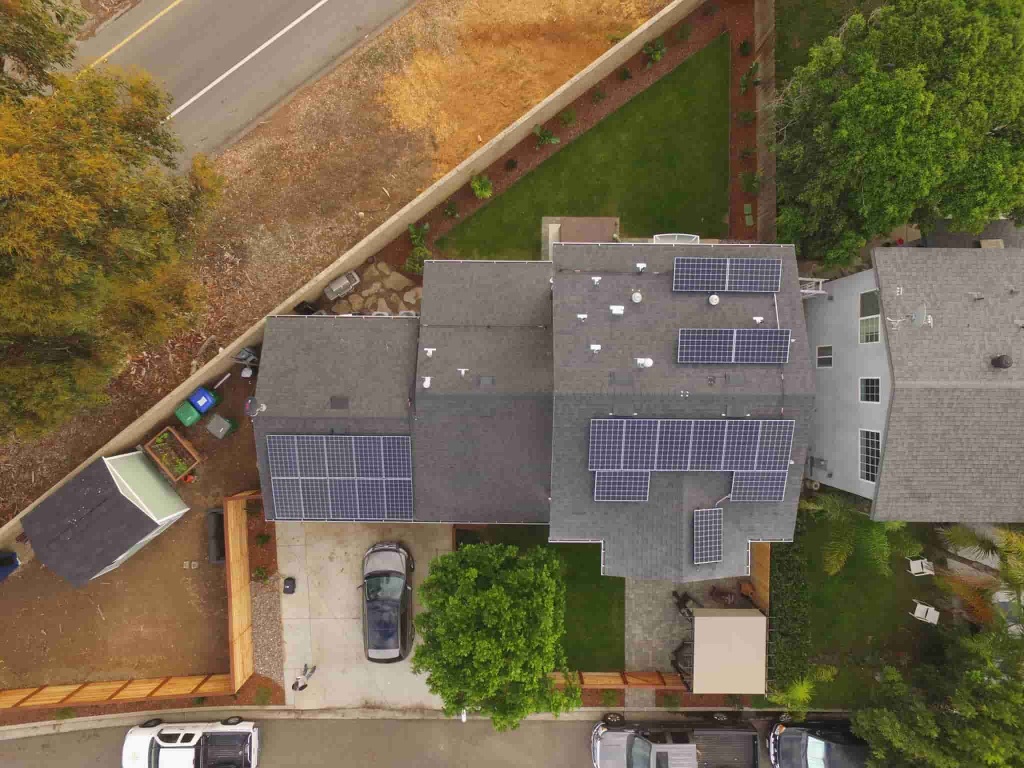
Because, realistically, families do not have $19,200 in cash at their disposal for the purchase of a new solar system, loan or leasing may be a viable option. The leasing situation isn’t much different when compared to that of a utility company, aside from the fact that the rates are a bit more affordable. Aside from the benefit of lower rates, the savings from leasing are consistently lower once compared to the outright purchase of your own solar power system by cash or loan. However, when a lease is your only option, it is worth time spent researching solar companies that offer a lease-to-own alternative to leasing. Benefits might include lower payments, in addition to benefits beyond the 26% federal tax credit, such as additional tax incentives.
Differences in Solar Energy Systems
When analyzing a typical solar system, the monthly average is 800 kWh (kilowatt hours). This number is based off of a 6kW system producing an annual average of 9,600 kWh in the first year. While these rates can change significantly with more advanced solar systems, which offer higher installed system capacity, these systems are able to produce 8% to 20% more kWh per watt. Along with the long-term savings increase, and a higher initial investment, homeowners will observe an overall decrease in length of pay off.
San Diego Utility Pricing System
As we watch rates continuing to climb throughout the San Diego area, the pricing system has integrated a slew of fundamental alterations. Even the way utility companies price power overall has faced significant changes, at least up until 2016. Before 2016, homes were based on a 4-tier pricing system in order to classify homes in a more affordable manner. Prior to 2017 it was changed to a 3-tier system and, currently, we stand at a 2-tier cost structure as rates continue to rise. “Super user” surcharges have also been imposed for households deemed beyond tier 2.
Annual Savings
Solar offers a significant advantage over tiered pricing systems, and assists in saving money on subsequent monthly bills. Considering how they are San Diego’s largest coastal and inland electricity providers; we have based our calculations on SDG&E’s residential pricing system.
Book an appointment to receive Makello’s Ethical Energy Savings Report, which is the result of a detailed trade-off study of discount utility rates, grants, rebates, tax credits, and equipment options, to determine the fastest payback and highest return on investment to meet your home, business and vehicle energy needs.
The fee for the Ethical Energy Savings Report is refundable (less the 3rd-Party $15 utility data access charge) or credited towards our installation services, after you attend the presentation meeting and complete a 5 minute survey after permission to operate.
Includes up to 5 hours research by the Makello team, and 1 hour Q&A, by Makello’s Ethical Energy Efficiency Expert.
Before installing a solar system, households typically consume an average of 800kWh per month, or an annual 9,600kWh. Because a residence generally consumes more power after installation, potential savings tend to range from 9,600 to 12,000kWh. Homeowners living within inland San Diego can expect, by our calculations, to save upwards of $4,000 each year. However, in coastal San Diego, the savings decreases a tad with the moderate coastal climate, topping out at $3,000 annually. Essentially, your solar system would pay for itself in around 3-4 years, assuming a 6% annual average increase in SDG&E utility rates.
A Bit More Consideration
Although this brief rundown only begins to illustrate the feasible savings presented by a new solar power system, savings may be influenced by additional factors. The size of your system, requiring a larger installation, offers further annual savings, and enables the system to make recompense for itself. Every homeowner, interested in solar, should take it upon themselves to study the topic further, before deciding to opt for a solar system.
